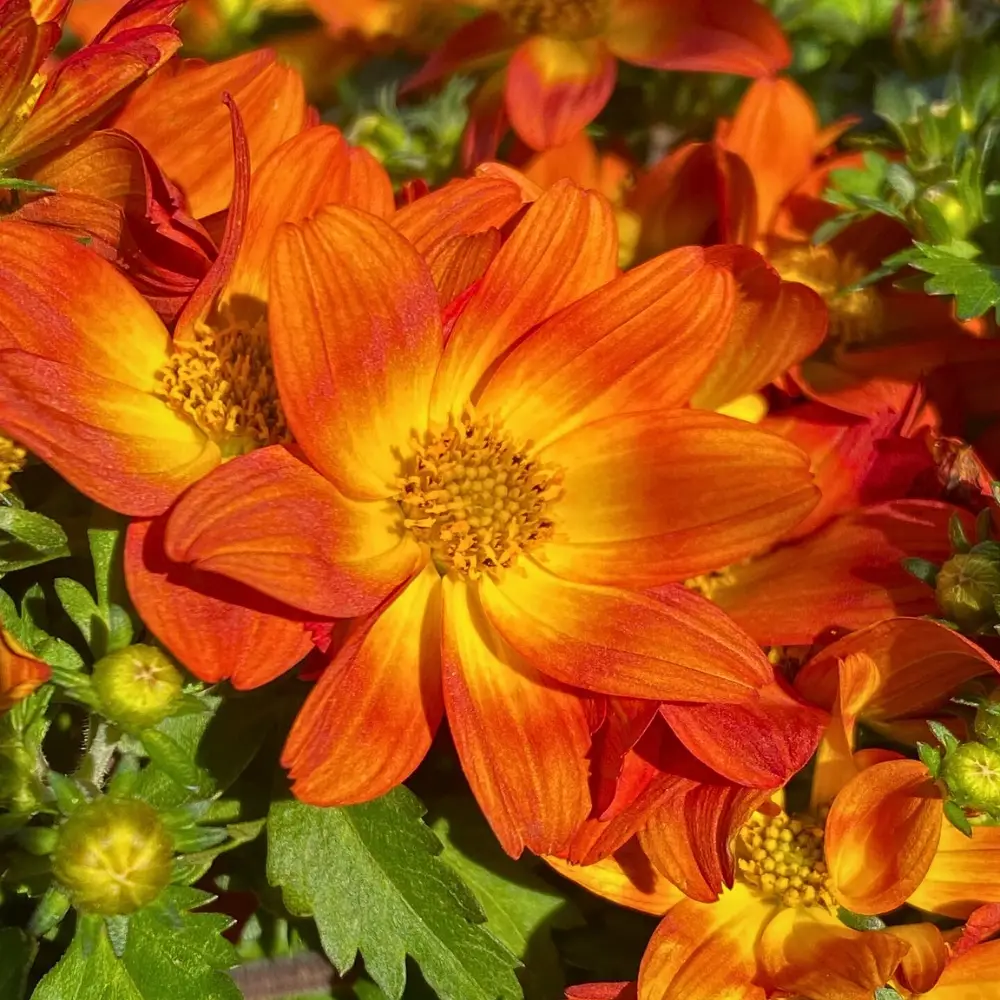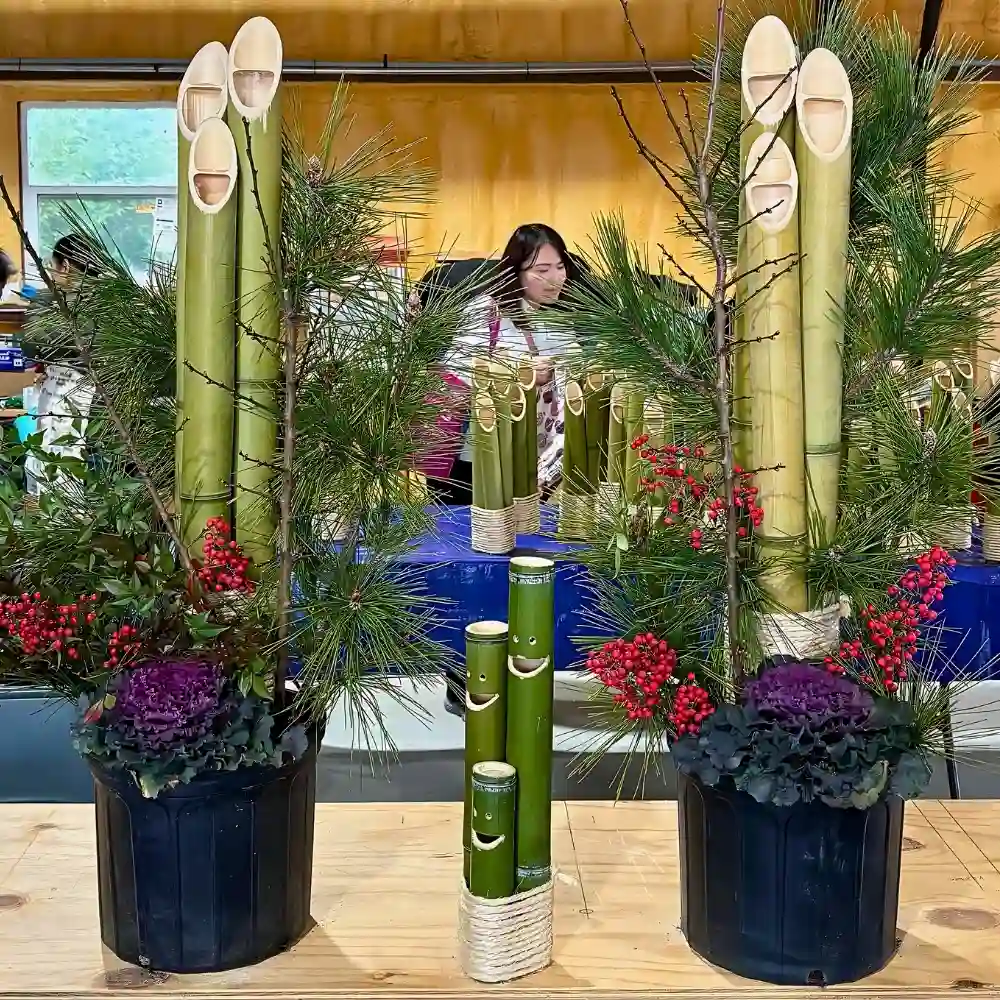A well-designed yard should do more than turn heads; it should guide water safely away from foundations, walkways, and planting beds. Poorly chosen trees, thirsty shrubs, and compacted turf can trap runoff, overload soil, and push moisture toward places where it causes trouble. Roots hunting for leaks may slip through tiny joints in laterals. Grading that looks flat to the eye can funnel storms straight toward low spots. Thoughtful planting, smart irrigation, and routine care together create a landscape that drains cleanly while protecting long-term property value.
Before selecting any plants, think about what happens underground as much as what you see above the mulch. Deep, assertive root systems migrate toward moisture, especially during summer droughts. Over time, those roots can slip into small cracks or joints in buried lines, creating blockages that simple yard maintenance cannot resolve. When that occurs, it’s time to call professionals who specialize in Seattle sewer line repair for residential and commercial properties, ensuring the system is restored safely and effectively.
Understanding how landscaping choices interact with your home’s drainage system is essential before you design or replant. The type of trees, shrubs, and even turf you choose can influence how water moves through soil and how vulnerable underground pipes become over time. By looking at these factors in advance, you can build a yard that looks beautiful above ground while staying functional below it. You can find more knowledge here: How Landscaping Affects Property Value

Why Plant Selection Shapes Drainage Outcomes
Every species behaves differently beneath the surface. Some trees anchor with a strong taproot, while others spread webs of fine roots across broad areas. Moisture-loving varieties follow the faintest seep toward buried lines, exploiting gaps at couplings or hairline cracks. When intrusions begin, flow narrows and solids accumulate, producing recurring clogs that seem to reappear after every storm. Planning with future root spread in mind reduces those risks dramatically.
Better bets near utilities:
- Ornamental trees with restrained roots (serviceberry, Japanese maple) hold structure without overwhelming laterals.
- Compact, slow-growing shrubs (boxwood, inkberry holly) fit courtyards and narrow side yards.
- Clumping grasses (fountain grass, switchgrass) stabilise soil, promote infiltration, and stay put.
Species to give extra space:
- Willows, poplars, and silver maples grow fast and chase water aggressively underground.
- Running bamboo spreads rhizomes well beyond apparent borders.
- Massive conifers cast dense shade that weakens turf, encouraging runoff and erosion.
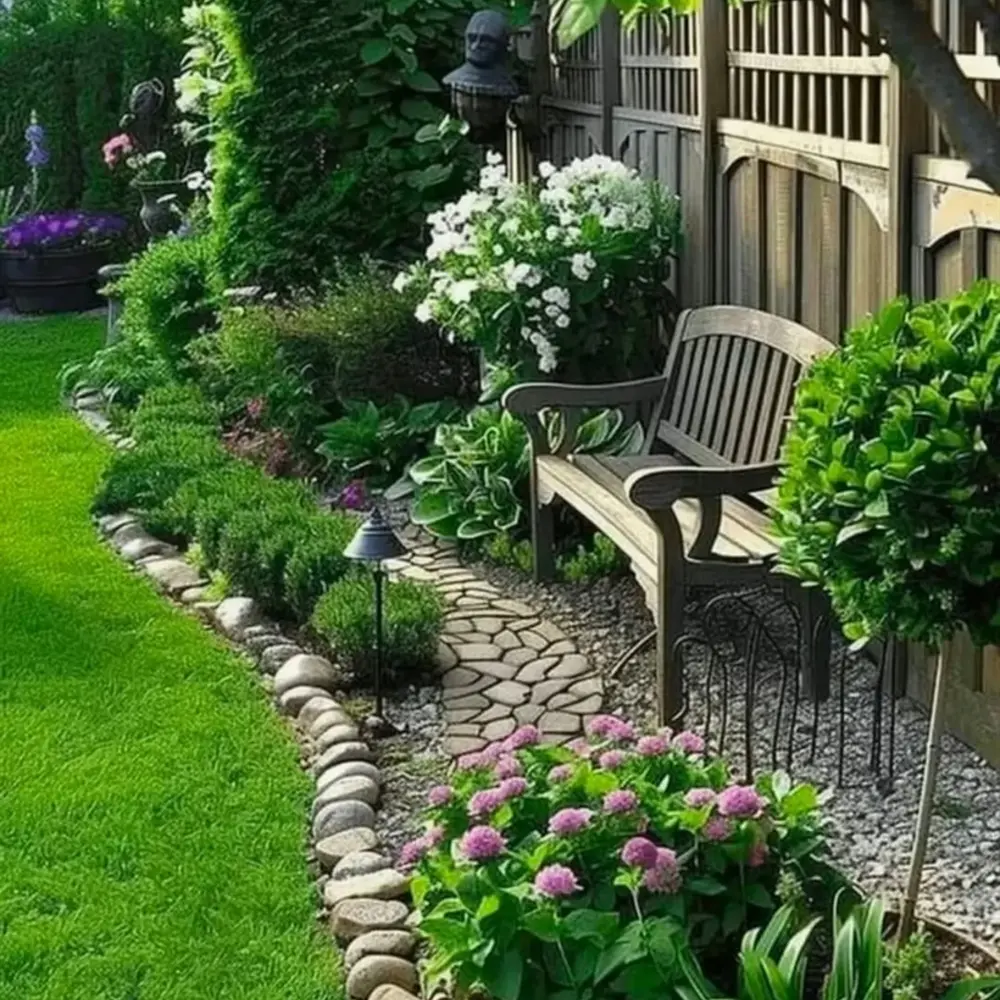
Lawns: Drainage Friend or Foe?
A soft lawn feels great underfoot, yet turf behaves like any engineered surface: it either drinks rain or sheds it. Compaction from foot traffic, mowers, or stored equipment squeezes air from the soil, shutting down infiltration. Short, frequent irrigation cycles keep the profile soggy, starving roots of oxygen and pushing excess water toward paved edges and drains. Aeration, a top-dressing of compost, and deeper, less frequent watering build resilient turf that absorbs storms instead of sending them racing toward low points.
Hardscape, Downspouts, and Grading Details
Patios, paths, and driveways change how rainfall moves across the yard. Impervious surfaces accelerate flow, scouring mulch into grates and overloading area drains. Permeable pavers, gravel bands along edges, and slightly widened joints slow runoff so water can soak in. Downspouts deserve equal attention. Extensions that carry roof discharge beyond planting beds reduce saturation near roots and lower the temptation for plants to invade nearby lines. Subtle grading—barely perceptible swales guiding water toward rain gardens or dry wells—prevents ponding without turning lawns into canals.
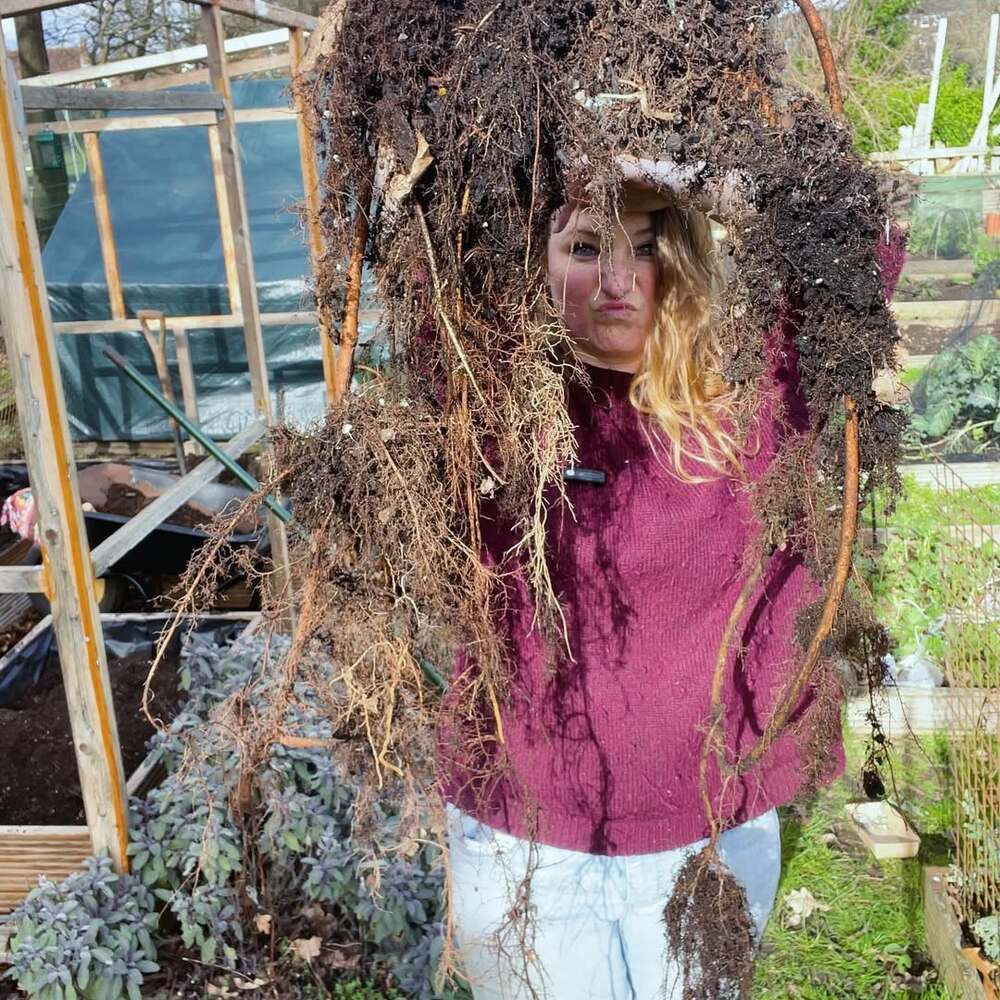
Step-by-Step: Build a Landscape That Drains Well
- Locate utilities before digging. Mark laterals, cleanouts, and mains so plantings respect safe setbacks.
- Set realistic distances. Keep trees 10–15 feet from sewer laterals; increase spacing for vigorous species.
- Shape gentle swales. Use grade to move water toward infiltration zones rather than driveway edges.
- Amend strategically. Mix compost into beds to boost percolation, but avoid over-loosening soil near pipes.
- Mulch wisely. Lay a light, even layer that won’t migrate into grates during heavy rain.
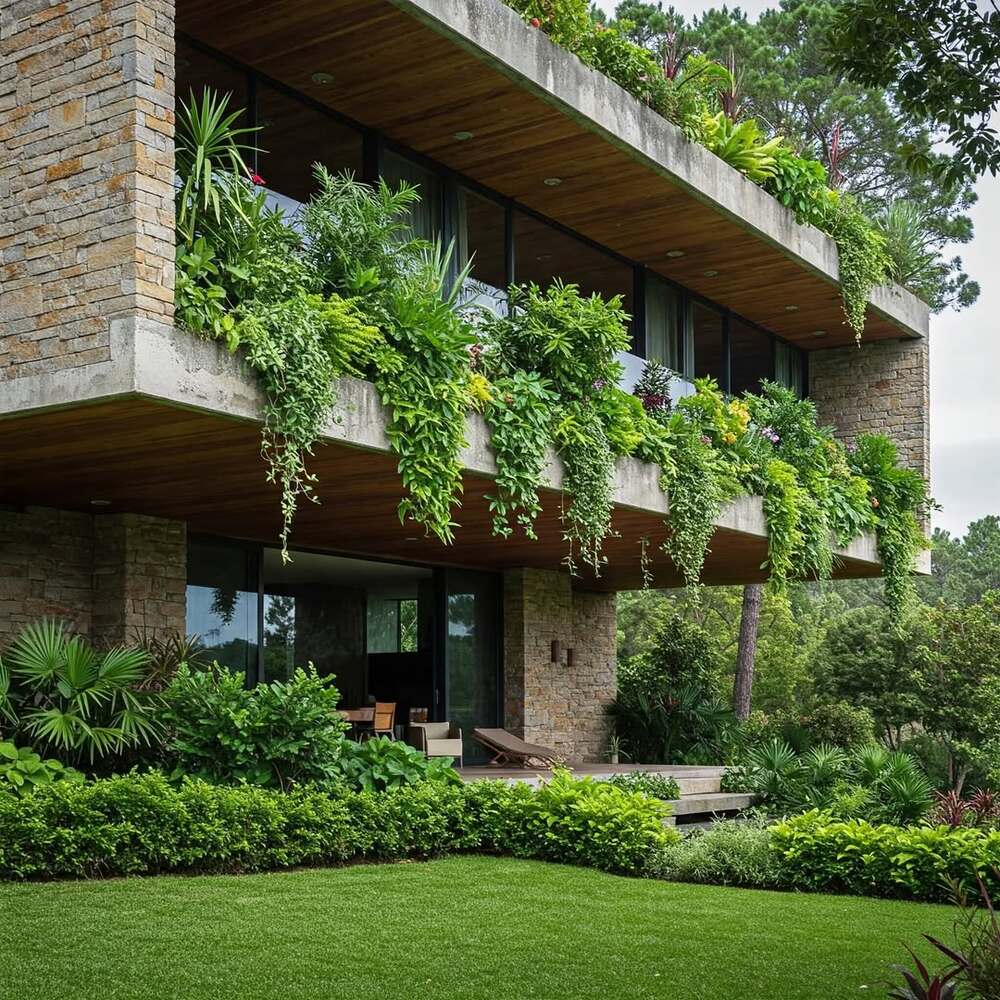
Everyday Habits That Protect Drainage
Small routines prevent big problems. Clear leaves from the surface grates after windy days so mats don’t seal openings. Sweep twigs off walkways and patios before storms wash them into area drains. Check downspout extensions after lawn work to ensure they still point away from beds. Adjust irrigation as seasons change, watering deeply but less often to train roots downward and reduce persistent surface moisture. Observant care keeps soil open, plants healthy, and water moving in the right direction.
Quick maintenance wins:
- Empty mesh drain screens before every forecast deluge.
- Prune roots that creep toward cleanouts, then reseat caps firmly.
- Refresh gravel at the base of downspout splash zones to promote infiltration.
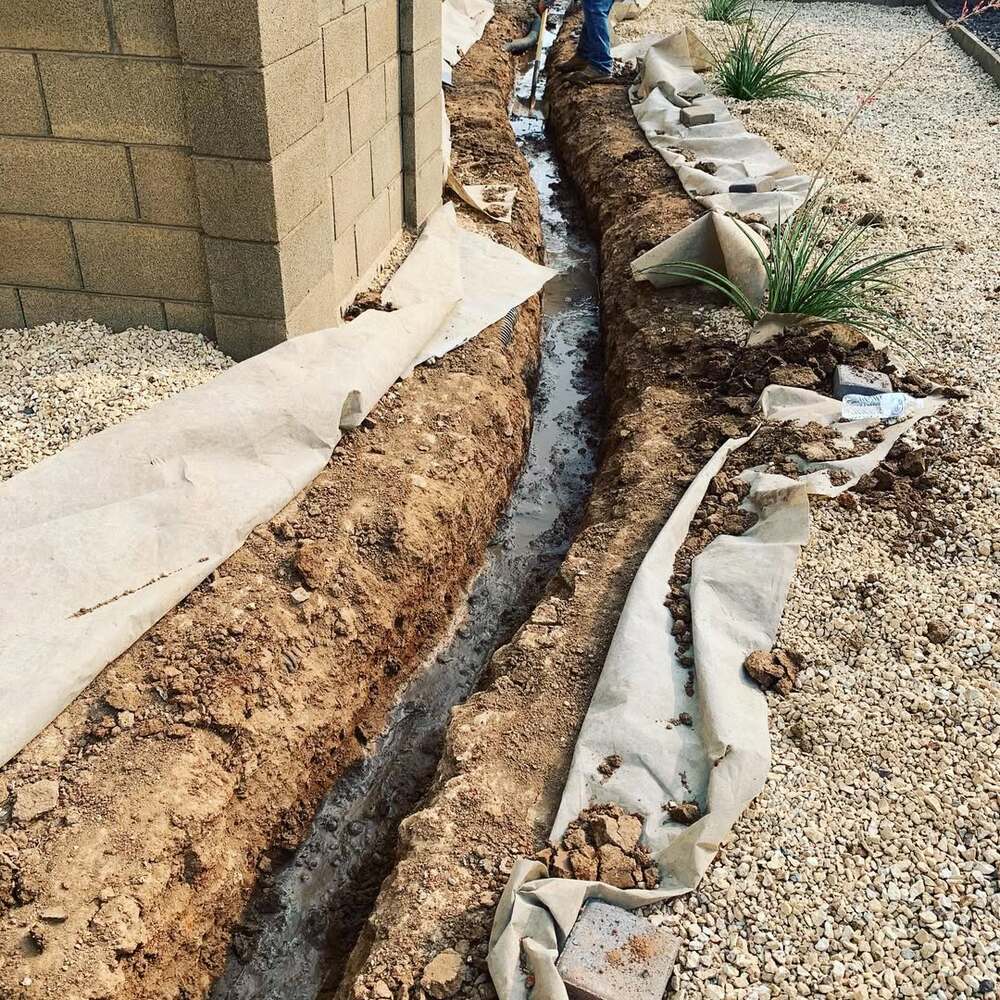
If Root Damage Already Happened
Even meticulous planning can’t control droughts, freeze-thaw cycles, or legacy installation flaws that leave hairline gaps underground. When roots breach a line, a professional evaluation with a camera confirms intrusion and checks for structural issues. Specialists may recommend targeted cutting, hydro-jet scouring, sectional lining, or full replacement depending on pipe age, material, and location. Long-term success usually pairs repair with landscape adjustments—redirected downspouts, improved soil structure, revised plant spacing—so the same conditions don’t invite another invasion.
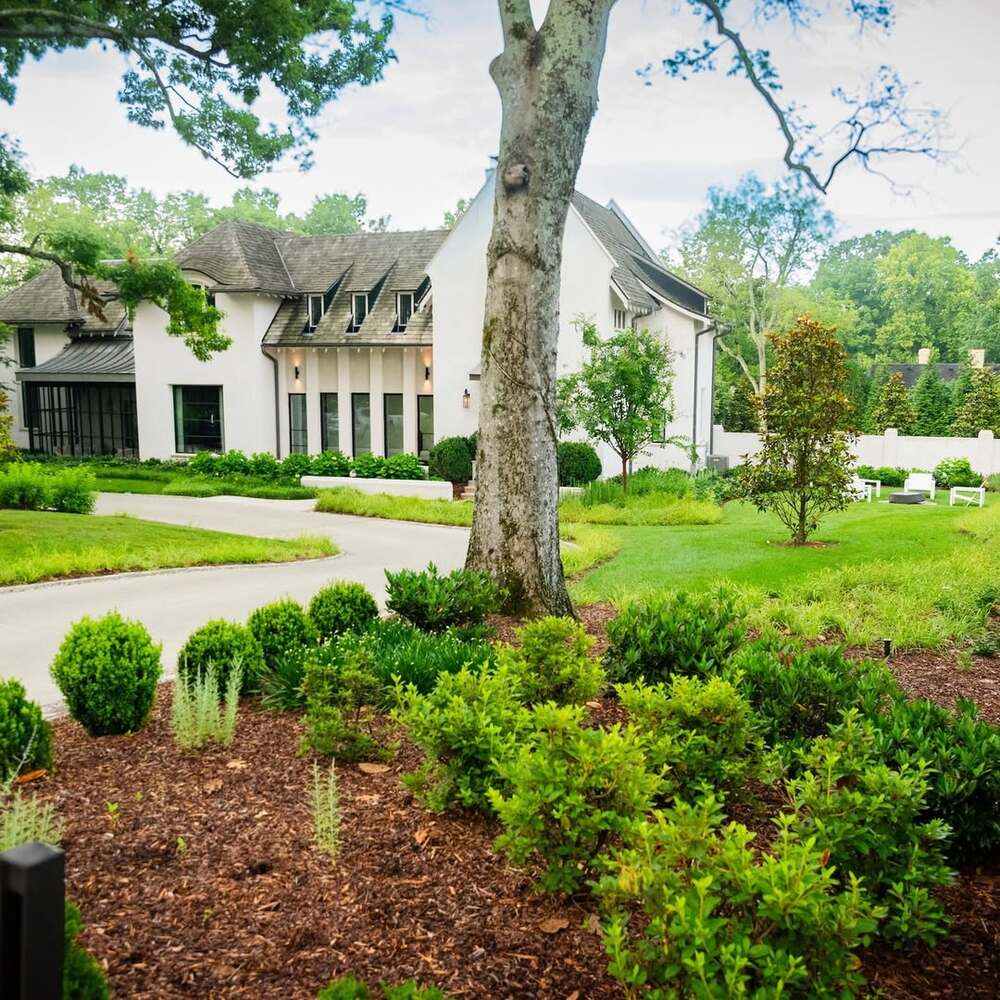
The Bottom Line
Thoughtful landscaping doesn’t fight water; it guides it. Choose species with predictable root behavior, respect clearances around laterals, upgrade soils, and shape grades so storms reach safe destinations. Maintain those choices as plantings mature. When roots have already found their way inside, timely sewer line repair restores function and protects both garden beauty and household health. With good design above ground and sound infrastructure below, drainage works quietly—exactly how you want it.



